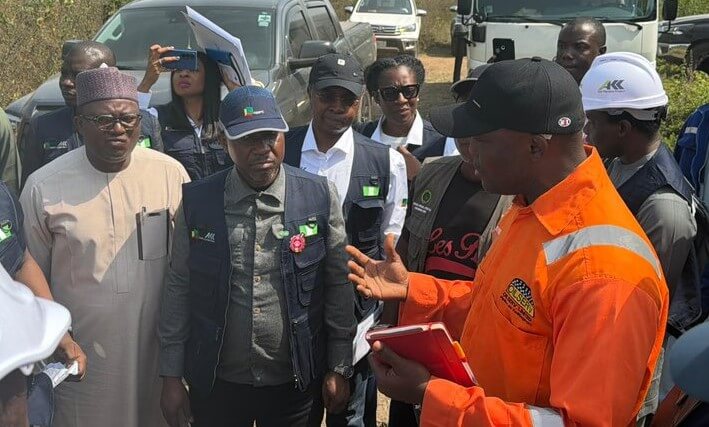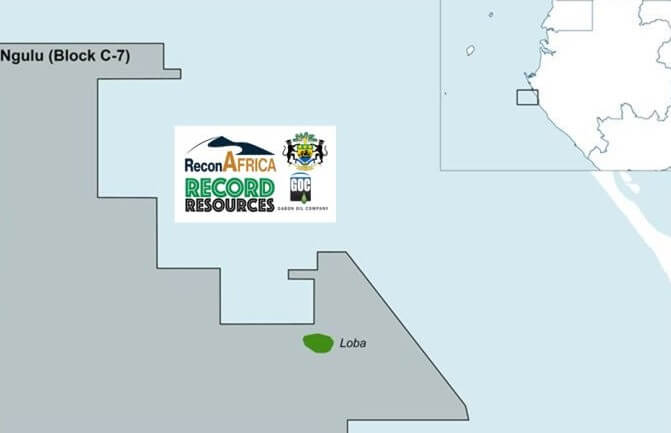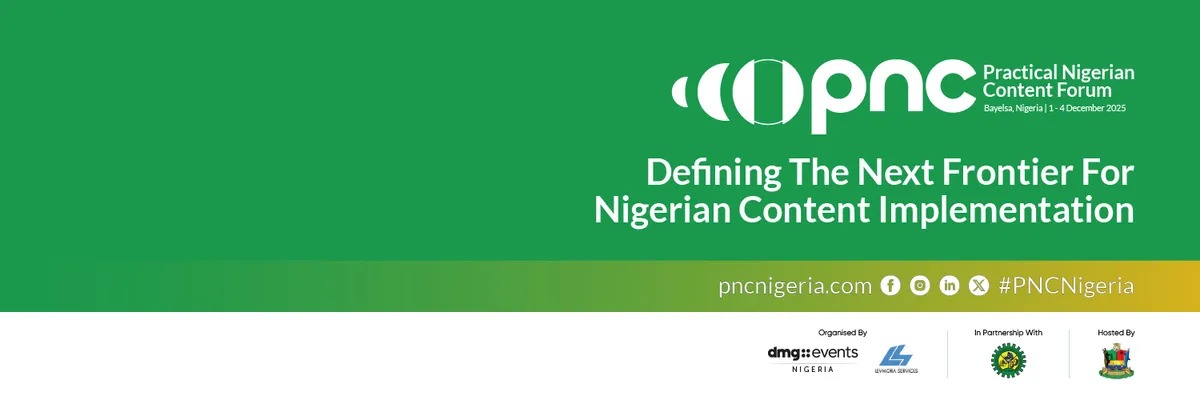
The appraisal programme on the Al Jumd discovery in Block 56 on shore the Sultanate of Oman is continuing with the recent spud of the Al Jumd-3 well which is to be directly followed by Al Jumd-4, both of which are horizontal appraisal wells. Simultaneously, testing operations on the Sarha-3 and Sahab-1 wells has commenced with Sarha-3 flowing 20 barrels per day of high viscosity, 15 API oil from one section.
Al Jumd discovery
The Al Jumd-3 well, located 660 metres from Al Jumd-2, will target the northeastern area of the Al Jumd structure with a horizontal section of at least 400 metres in the Al Khalata sandstone layer at a depth of 1,300 metres.
The Al Jumd-4 well is located about 700 metres from Al Jumd-2 and will appraise the southern area of the Al Jumd structure and, like Al Jumd-3, with a horizontal section of at least 400 metres in the Al Khalata sandstone.
The purpose of the two additional wells is to establish resource volumes and determine optimal well productivity levels. The wells will be drilled with the same Schlumberger drilling rig 279 that was used to drill the three preceding wells on the Block earlier in 2022 and, like Al Jumd-2, both wells will be completed with a progressive cavity pump (PCP).
In 2020, the vertical Al Jumd-1 well flowed at a rate of 100 barrels of oil per day during testing while the horizontally drilled Al Jumd-2 flowed at an initial rate of 700 barrels per day when tested earlier this year. Later in the third quarter 2022, Al Jumd-3 and -4 together with Al Jumd-2 will undergo an extended well test.
Sarha-3 and Sahab-1
In the southwest of the Al Jumd area, testing operations of the exploration/appraisal wells Sarha-3 and Sahab-1 is in progress.
The testing of the first of three layers in the Sarha-3 well has been completed. The deepest layer, the Kareem sandstone formation, flowed, with a PCP, approximately 20 barrels per day of 15 API oil with high viscosity from a vertical section. Fluid samples and test data will be evaluated to determine the next steps.
In order to test the Al Khalata sandstone formation in Sarha-3, a workover rig is required, the sourcing of which is ongoing. Once testing of the Al Khalata is completed the shallower Gharif layer will be tested. The test plan includes both flow periods and shut-in periods to get a better understanding of reservoir properties and productivity. Once commenced, the testing process will take about 3 weeks per layer.
Testing of the exploration well Sahab-1 has also recently commenced. So far, the well has only flowed water as the well is cleaning up following significant mud losses during drilling. Testing and evaluation of these wells will continue throughout the third quarter 2022.










































